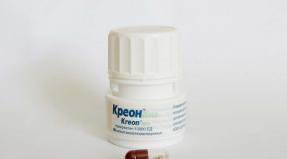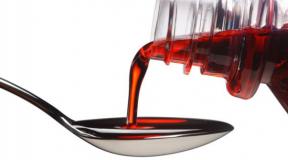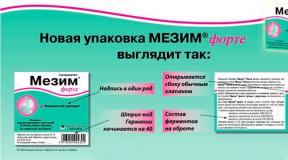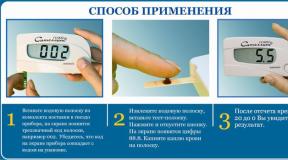Wounds in diabetes
It would seem that he was scratched - why treat this scratch? For an ordinary person, this, of course, does not matter, everything will heal by itself in a few days. It's just different for diabetics.
Not only does the process of wound healing in diabetes take a long time, so a banal wound can lead to infection and even worse consequences. That is why people with diabetes should treat even a scratch less than a centimeter long.
For many diabetics, so to speak, "with experience", wounds are a quiet horror. Panic sets in, especially when it comes to the legs. Indeed, because of them, it often develops. What should be the treatment of wounds in diabetes in order to prevent complications?
Poor wound healing in diabetes
When blood sugar levels are higher than normal, it becomes thicker, which is why it cannot deliver the right amount of nutrients and oxygen, thereby disrupting the proper functioning of tissues and organs. The circulatory system suffers, and with it all metabolic processes proceed incorrectly.
It is precisely because blood circulation is disturbed that wound healing slows down. But the legs suffer the most, because the hematopoietic system, its incorrect, namely, defective work leads to a violation of the nervous regulation, due to which the lower limbs lose sensitivity.
A diabetic may not feel pain from a blow, as well as from damage to the skin. Therefore, such people often do not notice scratches, wounds, and long healing leads to infection and suppuration, after which gangrene develops.
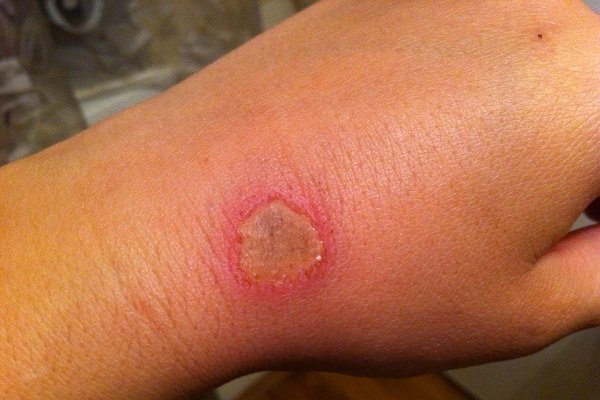
From all of the above, we can conclude why diabetics should pay great attention to their legs. They need to be examined several times a day, and if a wound is found, immediately proceed to its treatment. By the way, the resulting calluses are no less dangerous, so they need to be treated.
What to do after finding a wound?
Treatment of wounds in diabetes should begin with treatment with an antiseptic (antiseptic drugs, just what prevents the development of suppuration). To do this, you can use potassium permanganate or furatsilin. But hydrogen peroxide and iodine cannot be used by diabetics - they carry a danger to the skin of patients.
Diabetal is an unparalleled natural product of dietary (healing) nutrition based on fucus seaweed, developed by Russian scientific institutes, indispensable in the nutrition and diets of diabetic patients, both adults and adolescents.
If the treatment is carried out on time, complications should not be expected. But a diabetic should be alert if the skin around a scratch or wound is swollen and reddened. In these cases, an antibiotic-containing ointment may be prescribed, or even oral antibiotics may be prescribed.

- Iruxol
- Solcoseryl ointment
- Methylorucil ointment
- Trofodermin
In any case, consult your doctor. he will assign you the most suitable option.
Sometimes the treatment of purulent wounds in diabetes is carried out through surgical intervention. But such an operation is rarely resorted to, because it can lead to sepsis.
When the damage to the skin begins to heal, an ointment with a high fat content is used to nourish the skin. At the same time, endocrinologists advise taking, especially if the patient is undergoing antibiotic therapy. Useful substances will not allow the development of beriberi.
Healing herbs in the fight against skin damage
You can brew various infusions, then to wipe the wounds or do foot baths (they can withstand no more than 20 minutes). Celandine, chamomile, burdock, calendula are perfect.

Decoctions of hawthorn, lingonberry leaves and nettle will help maintain normal blood sugar levels, so that treatment of wounds in diabetes is not needed.
What happens if the wound is not treated?
A frivolous attitude to a scratch in the future can cause the development of gangrene, namely the necrosis of tissues. In this case, the leg can change color up to black or burgundy. But that's not the point.
Gangrene, in turn, can cause blood poisoning and death. Therefore, it is better to prevent any scratches, and if a wound does appear, then immediately treat it. If suppuration begins - immediately to the examination.
How to prevent wounds?
It is difficult to prevent non-healing wounds with such a disease, one way or another, a person will be scratched by any objects.

But you can reduce the number of these "wounds" if you follow some rules:
- Do not wear uncomfortable shoes, including slates;
- Do not walk barefoot;
- When buying shoes, you need to choose them carefully so that there are no foreign objects (modern sandals, boots and shoes are not of good quality);
- It is advisable to purchase several pairs at once for each season in order to constantly alternate them. By the way, it is better to go to the store after lunch, so that the size is calculated specifically for the swollen leg;
- Daily, and preferably 3 times a day, inspect the lower limbs for skin lesions;
- Do not expose your body to prolonged contact with water;
- Wash your feet regularly and apply a nourishing oily cream on them.


